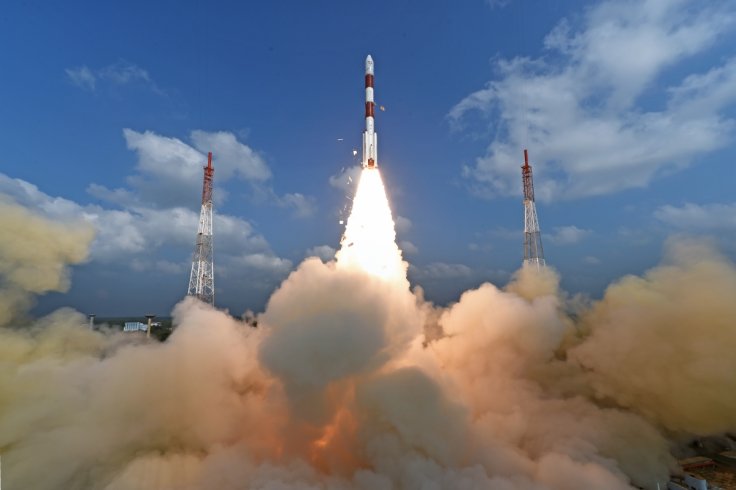
India plans to launch its earth observation spacecraft Cartosat, along with 30 other foreign satellites, in its Polar Satellite Launch Vehicle (PSLV-C40). The launch will take place at the station in Sriharikota, in the southern state of Andhra Pradesh on January 10, 2018.
Indian Space Research Organisation (ISRO) Director Devi Prasad Karnik said that the mission would include the launch of 28 US satellites and satellites from 5 other countries. The launch mission has been scheduled to take place after 4 months since a similar PSLV rocket failed to deliver the country's eighth regional navigation satellite in earth's lower orbit on August 31.
The Indian Space Research Organisation (ISRO) has been deeply investigating the rocket failure, which occurred after 39 consecutive successful launches since October 1994 until June 2017. ISRO officials said that the August 31 mission suffered a setback when the 320-tonne workhorse launcher PSLV C39 failed to separate its heat shield to deliver the satellite from its cone-shaped top-end.
Cartosat's features
Cartosat, the indigenously built Indian observation satellite would have high-quality imaging cameras for cartographic, urban and rural applications. It will be used for coastal land use, and regulation and utility management including monitoring of road networks.
Devi Prasad Karnik stated, "The sixth Cartosat in the second series and other satellites are integrated with the rocket at the spaceport. The mission launch board will decide the rocket's lift-off time for the reverse countdown two days ahead."
ISRO further said the Launch Authorization Board and the Mission Readiness Review committee are scheduled to hold a meeting next week to finalize the mission launch aboard the PSLV-C40 rocket.
The 31 satellites include 28 nano satellites from the US and Finland and three from India, including a nano satellite and a larger Cartosat satellite. Scientists have been taking special attention to ensure that the 720 kg Cartosat and other satellites are released into the proper orbit one after other from the 44.4-meter rocket.
The launch comes after the failure of the PSLV-C39 launch in August 2017 with the backup navigation satellite IRNSS-1H. The reason behind the failure was zeroed in on the heat shield that did not separate on the final leg of the launch. The Jan. 10 mission will carry the Cartosat-2 series satellite with Panchromatic and Multi-spectral cameras that operate in Time Delay Integration providing high-resolution data, said ISRO.
ISRO has achieved a record launch of 104 satellites in one mission in February 2017 aboard the PSLV-C37 that launched the first Cartosat-2 series satellite.
Future plans
Officials stated that they have lined up six rocket launchers for the first half of 2018. This includes two PSLVs for deploying GSAT-6A and GSAT-29 advanced communication satellites in the geosynchronous orbit which is 36,000 km above the earth.
ISRO also plans to launch its Chandrayaan 2 mission during the first half of 2018. The indigenous mission has been build with a lunar orbiter, lander, and a rover. The mission has been aimed to study remote sensing on the moon. The payloads would collect information on lunar topography, mineralogy, elemental abundance, lunar exosphere and signatures of hydroxyl and water ice.









